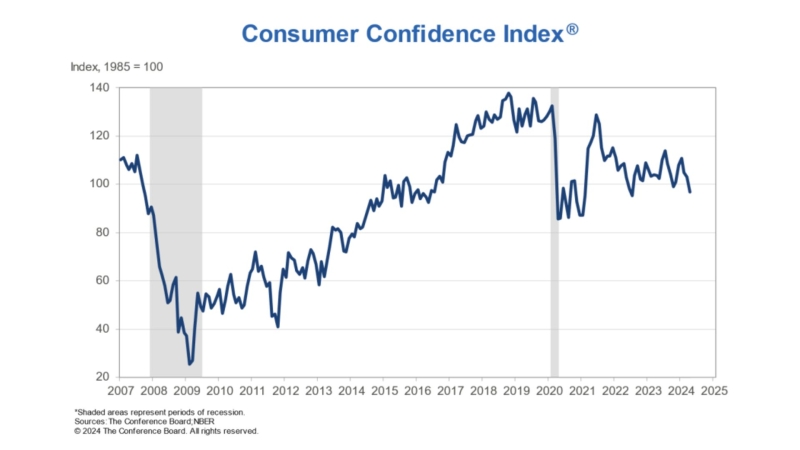Advertisement
RESPA Reform: Consumers Benefits, Industry Opportunity
Expeditious Appraisals: How to Decrease Turnaround Time Patrick ButlerPatrick Butler, Appraisals, Multiple Listing Service, Appraisal Services Inc.
With the recent refinance boom, many lenders are having to wait
weeks for their appraisals to be completed. Most appraisers are
swamped with business, and some have sworn off new clients
altogether. Is there a solution to this excessive turnaround
problem? I believe there is.
It is critical for appraisers to take advantage of every
technological resource available today. There is no reason why
lenders shouldn't have their appraisals back within a week or so,
under any conditions. In this article, I will provide some details
on how it is possible for an appraiser to provide extremely rapid
turnaround times, simply by making smart workflow decisions and
utilizing the latest technologies.
One of the largest delays in the appraisal process comes from
the amount of time required to actually visit the subject property.
For this reason, it is important to take and return telephone calls
after normal business hours and on weekends. If the borrower works
during the day, then it is especially important to be able to
return calls in the evening, so another day isn't lost while the
borrower is at work.
The most significant delay in the appraisal process is caused by
the time spent driving to and from the subject property, and then
to various assessor's offices to obtain additional data. Driving
time can very easily exceed the time it takes to actually develop
the appraisal. However, appraisers can reduce their driving time
significantly by utilizing as many online data sources as
possible.
Every attempt should be made to finalize the appraisal with only
one trip to the property, which requires an extensive amount of
research to be completed prior to the actual visit. This is
accomplished, in part, by interviewing the homeowner during the
initial telephone conversation. Appraisers should ask plenty of
questions about the borrower's house, so that they can begin to
search the computer for additional data.
The Multiple Listing Service (MLS) should be searched to see if
the subject property has any sales history. If the property has
been sold in recent years, then it is possible for the full MLS
listing data to still be available, possibly even including a
photo. This is the optimal scenario, giving the appraiser a very
good jump start on the appraisal.
Sometimes, the subject property is part of a subdivision that
was principally built as tract homes. If possible, the appraiser
should try to identify the subjects model name. This is one of the
easiest ways to pull comparable properties. For example, one proven
method is to scan and save each page of the builders sales
literature as an electronic document. It is always convenient to
have the actual floor plan of the subject property prior to the
inspection, which will allow you to copy the sketch to your
appraisal software in advance. Then you only need to bring the
printed sketch to the subject property and make any necessary
changes.
If the subject property is newly constructed, then the builder
likely has a Web site with online literature available, with a
subdivision map that can be especially useful if the neighborhood
is too new for printed maps. Oftentimes, there is no real need to
visit the builders sales office.
An increasing number of township assessors in Illinois have
their data available online, which significantly reduces turnaround
time by eliminating the need to drive to their office. This is
especially important if the subject and comparables are located in
multiple townships. A great deal of time is wasted driving back and
forth to various assessor's offices, when data can be simply and
conveniently obtained on the weekends using the Internet.
The appraiser's goal should be to have the comparables chosen
before inspecting the subject property. Personally, I pull a great
deal of extra comparable data in value ranges both above and below
what I expect the subject property to be valued at. Once Ive had a
chance to inspect the property, I sometimes discover that the
comparable data is useless. But more often than not, I have all the
comparable data we need before I inspect the subject property. I
even download the comparable photos from the MLS into our report. I
always plan on taking new photographs on the day of inspection, but
the MLS photos are available as backups in case there is a
glitch.
Another source of appraisal delay is unexpected, adverse
externalities that affect the subject property. For instance, lets
say the subject property backs onto a shopping center or is located
on a busy road. It helps tremendously that the appraiser be made
aware of these factors prior to choosing comparables. Otherwise,
they will have to spend time choosing new comparables and making
yet another trip, and a day or two may be lost in the process.
There are a number of ways to determine whether or not any
adverse externalities are present. The first method is to look at
the Sidwell map, which can be accessed online by subscription. The
Sidwell map can be used to locate any obvious adverse externalities
that surround the subject property.
Aerial photos are another way to see if there are any commercial
uses bordering the subject property, and to check for cellular
towers or water towers in the subject's back yard. A subscription
for online aerial data isn't cheap, but it can save money in the
long run, through increased productivity.
Finally, flood panel information can be determined from various
online databases. The advantage to online flood data is that the
subject property can be located by geographic coordinates, which is
extremely useful when trying to pinpoint the subject property in a
new subdivisionthe flood maps probably will not show any of the
newer streets. The appraiser can take a reading with a Global
Positioning Satellite (GPS) while at the subject property and input
these coordinates into the online flood database to guarantee a
precise determination. Appraisers still using printed maps are
wasting more time than they need to, and are taking real chances
with making a wrong determination.
Census tract numbers are also available online, so there's no
excuse for an appraisal to be delayed due to undetermined flood
zones or census tract numbers for new subdivisions.
Finally, any modern appraiser should be able to deliver the
appraisal report electronicallymore than 95 percent of my
appraisals are delivered in this manner, which requires the
appraiser to use an entirely digitalized workflow, including
digital cameras, mapping, sketching and scanners. This allows the
appraisal to be delivered just minutes after completion. Any
special addendum requests can also be delivered in the same
expedient way. Reducing appraisal turnaround times is possible by
using the right tools and developing a workflow that places a high
priority on starting the appraisal prior to inspecting the subject
property. There are legitimate reasons why some appraisals may take
longer than others, but make sure that the delay isn't caused by
your appraisers not having access to the data that they really need
to get the job done the right way.
Patrick Butler is a real estate
appraiser who works for Appraisal Services Inc. He
may be reached by phone at (630) 897-3339 or e-mail [email protected].
About the author





